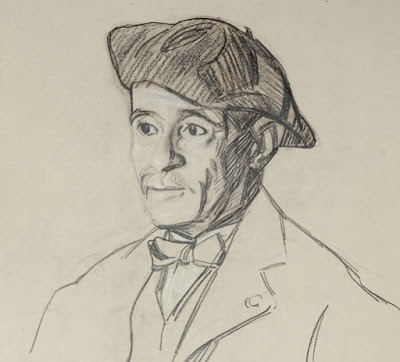
Now imagine you get off the plane and step into this magical place. You check your passport and boarding pass to make sure it is correct because what you see is not what you expected. The food tastes nothing like you thought, the sky is cloudy, and the buildings lack that je ne sais quoi.

The Paris natives are less-than-friendly and the Eiffel Tower sticks out like a sore thumb. You feel out of place, disillusioned, and utterly disappointed. This has happened often enough that psychiatrists have come up with a name for it: Paris Syndrome, or Syndrome de Paris. Japanese tourists especially have been known to suffer from it because of their highly idealized view of French culture; in fact, it was a Japanese doctor practicing in Paris who coined the term “Paris Syndrome” back in the 80s.

Paris Syndrome can be diagnosed by anyone aware of this condition, no hoity toity psychoanalyst necessary. Everything that has been romanticized and dramatized about Paris is no longer as it is on the big screen. Everything is different about Paris and you long for home, where, if nothing else, you know what to expect. Upon your arrival and during your stay feelings of depression and persecution may set in. No worries, there is help — at least if you’re Japanese: there’s a 24-hour hotline at the Japanese embassy to deal with this. For the rest of us, there’s a a long shower back in the hotel and the drone of the 24-hour news channel in the background to remind us that while Paris may not be all runway models and romance on every corner, it still is a great place to get away from it all.

On a related note, read this thread on TripAdvisor: a future visitor wants to know what Parisians dress like in order to blend in more. Another user posts these pictures of actual Parisians and Shock, Scandal! some Parisians dress pretty badly.


















































